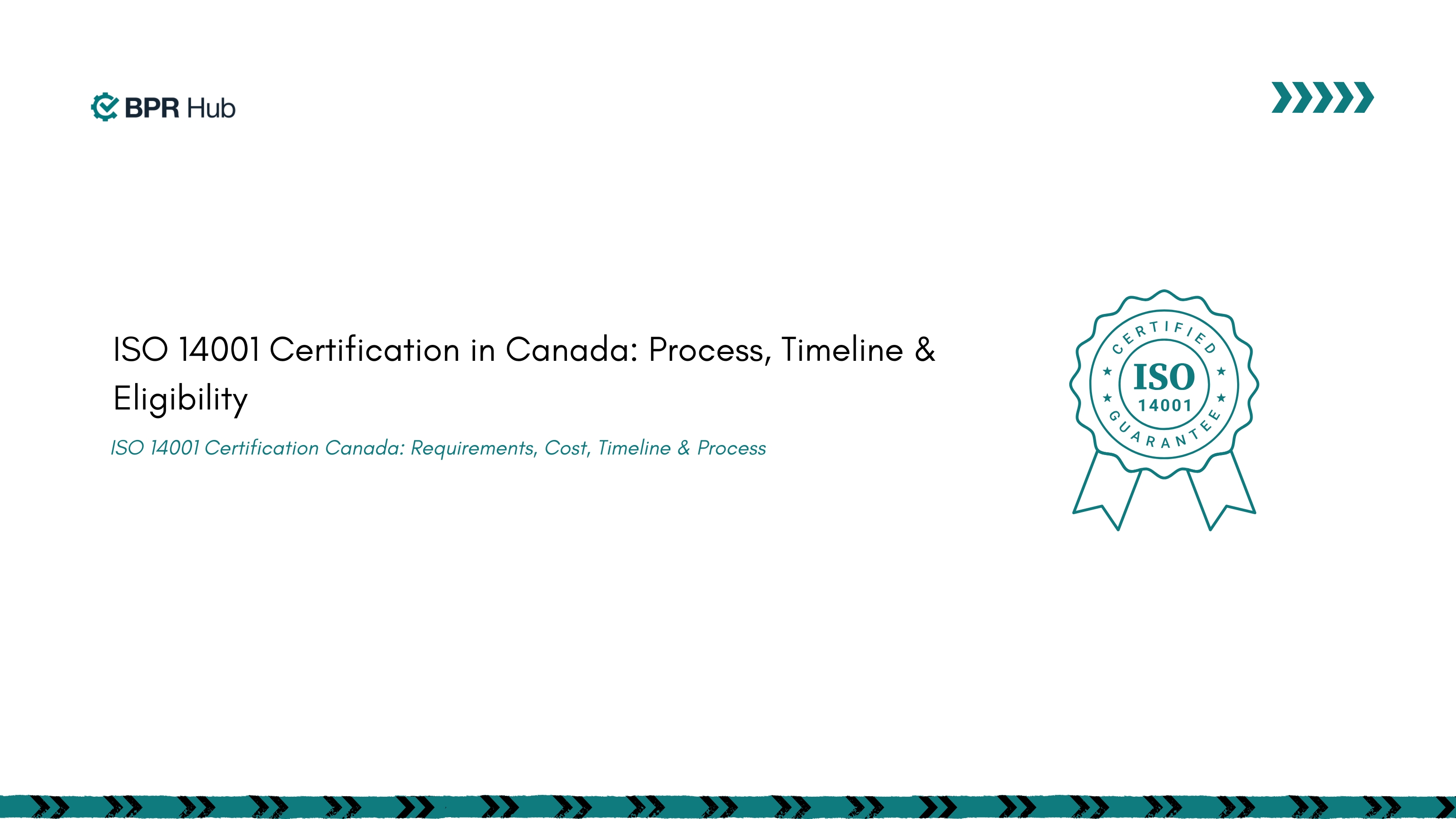Imagine facing a hefty fine, legal battles, or even reputational damage, all because of a single ambiguous sentence in your compliance document. It's a scenario no business wants to face, yet it happens far too often.
In regulated industries like manufacturing, compliance documentation plays a vital role in ensuring that organizations meet legal and industry-specific requirements. And at the heart of effective compliance lies the often-overlooked hero: the clause.
Compliance documentation, in essence, is the collection of policies, procedures, and agreements that demonstrate your organization's commitment to adhering to relevant laws and regulations. It's the roadmap that guides your operations, minimizing risk and building trust. But without clear and precise language, this roadmap can lead you astray. That's where clauses come in.
Compliance Clauses help define the rules, responsibilities, and requirements that companies must follow to maintain compliance. Understanding clauses is essential for manufacturers, compliance officers, and legal teams. A poorly interpreted clause can lead to non-compliance, penalties, and operational risks. Let’s find out what compliance clauses are, their key requirements, types, and best practices for drafting and interpreting them.
What Exactly Are Clauses in Compliance Documentation?
A clause is a section within a compliance document that outlines specific rules or conditions that an organization must follow. It serves as a guideline to ensure regulatory adherence to applicable laws and operational discipline.
The Crucial Role of Clauses in Compliance
Clauses are the backbone of effective compliance documentation. They translate complex legal requirements into actionable steps, ensuring your organization stays on the right side of the law.
- Ensuring Regulatory Adherence: For example, the General Data Protection Regulation (GDPR) mandates specific data protection measures. Well-drafted clauses in your privacy policy ensure you meet these requirements, such as those that specify how personal data is collected, processed, and stored.
- Risk Mitigation: According to a report by Ponemon Institute, the average cost of a data breach in 2023 was $4.45 million. https://www.ibm.com/reports/data-breach Strong limitation of liability and indemnification clauses can significantly reduce your financial exposure in such events.
- Establishing Clear Expectations: Clear clauses define the rights and obligations of all parties involved, promoting transparency and accountability. This is especially important in contracts with vendors and partners.
- Auditing and Enforcement: During audits, clear clauses make it easy to verify compliance. Similarly, in case of a regulatory investigation, well-defined clauses provide evidence of your commitment to adhering to regulations.
Examples of Common Compliance Clauses
- Scope Clause – Defines the coverage of the compliance document.
- Roles and Responsibilities Clause – Outlines who is responsible for specific compliance actions.
- Regulatory References Clause – Links to specific laws, standards, or guidelines.
- Penalties Clause – Specifies consequences for non-compliance.
Key Requirements of Compliance Clauses
For compliance clauses to be effective, they must meet certain requirements:
1. Clarity and Precision
Clauses should be written in simple, unambiguous language. Avoiding complex legal jargon ensures that all stakeholders understand their obligations.
Example: Instead of writing “All employees must comply with applicable regulations as stipulated in industry best practices,” a clearer version would be: “All employees must follow safety regulations outlined in ISO 45001 to prevent workplace hazards.”
2. Regulatory Alignment
Compliance clauses must align with relevant industry standards and legal requirements. Companies should reference specific regulations, such as:
- ISO Standards (e.g., ISO 9001 for quality management)
- FDA Regulations (for medical and pharmaceutical industries)
- OSHA Standards (for workplace safety)
3. Accountability
A good clause assigns responsibility. It should specify who is accountable for compliance actions, whether it’s a compliance officer, department head, or employee.
4. Auditability
Clauses should be structured so that compliance can be easily verified during audits. This includes clear documentation, reporting mechanisms, and review procedures.
Types of Clauses in Compliance Documentation
Compliance documents contain different types of clauses based on their purpose:
1. Mandatory Clauses : Derived directly from laws or regulations, these compolaince clauses set non-negotiable requirements that an organization must follow.
Example: “All employees must complete annual compliance training by December 31st each year.” Or GDPR Article 13 mandates specific information that must be provided when collecting personal data. These clauses use definitive language like "shall," "must," or "is required to."
2. Optional Clauses : These provide flexibility and are usually used in situations where organizations can choose their approach within certain limits. Example: “Companies may conduct additional risk assessments beyond the minimum legal requirement.”
3. Reference Clauses : These clauses link compliance requirements to external laws, regulations, or guidelines. Example: “This document aligns with GDPR (General Data Protection Regulation) guidelines for data protection.”
4. Penalty Clauses : Penalty clauses specify consequences for non-compliance, such as fines, termination, or legal action. Example: “Failure to comply with environmental safety standards will result in a fine of up to $50,000.”
5. Discretionary Clauses : These reflect organization-specific requirements that go beyond regulatory minimums, often addressing industry best practices or risk appetite. A Gartner survey found that 65% of organizations implement discretionary clauses that exceed regulatory requirements to create competitive advantages and build trust.
6. Conditional Clauses : These activate specific requirements based on triggering events or circumstances. These clauses typically follow an "if-then" structure, such as "If a data breach affects more than 500 individuals, then notification to regulatory authorities must occur within 72 hours."
7. Procedural Clauses : These help define processes, methodologies, and operational requirements. These detail how compliance activities should be conducted and documented, serving as operational guides for implementation.
Common Compliance Frameworks and Their Clause Requirements
Major compliance frameworks impose distinct clause requirements:
- ISO standards utilize a consistent clause structure. For example, ISO 27001 for information security contains 114 controls across 14 domains, with each control effectively functioning as a compliance clause.
- GDPR compliance clauses focus heavily on data subject rights, consent requirements, and organizational accountability. Article 28 specifically mandates particular clauses that must appear in data processing agreements.
- HIPAA compliance requirements include both "required" and "addressable" implementation specifications—a distinction that determines how organizations must approach each complaince clause.
- Industry-specific frameworks like PCI DSS for payment card processing or CMMC for defense contractors contain highly detailed clause requirements tailored to sector-specific risks.
How to Interpret Compliance Clauses Effectively
1. Breaking Down Complex Clauses
If a clause is too long or complicated, break it down into smaller, actionable parts.Example: Instead of “All personnel involved in production shall comply with Good Manufacturing Practices (GMP) as per FDA regulations and maintain documentation accordingly,” try:
Step 1: Follow FDA’s GMP requirements.
Step 2: Maintain detailed compliance records.
Step 3: Ensure documentation is accessible for audits.
2. Cross-Referencing with Regulations
Always verify compliance clauses against actual regulations to avoid misinterpretation.
3. Seeking Legal and Compliance Expertise
When in doubt, consult a compliance officer or legal expert to ensure correct interpretation and application.
Common Challenges in Understanding Compliance Clauses
Despite their importance, compliance clauses can be difficult to interpret. Here are some common challenges:
1. Vague or Technical Language
Clauses filled with legal or technical jargon can be confusing. Always aim for simplicity and clarity.
2. Inconsistencies Between Clauses and Regulations
Sometimes, clauses may not align with updated regulations. Regularly review compliance documents to ensure they remain relevant.
3. Misinterpretation Leading to Non-Compliance
Misunderstanding a clause can result in non-compliance. Organizations should provide training to employees on how to read and follow compliance requirements.
How BPR Hub Simplifies Compliance Clause Management?
The complexity of managing compliance clauses across multiple standards has driven innovation in specialized software solutions. Manufacturing organizations face particularly acute challenges, with industry-specific requirements layered on top of general regulatory frameworks.
BPRH Hub has emerged as a leader in this space with its Unified Compliance Framework (UCF) specifically designed for manufacturers.
The automated manufacturing compliance software addresses one of the most persistent challenges in the industry: the need to comply with multiple clauses overlapping standards simultaneously.
The UCF approach enables manufacturers to:
- Map related clauses across different standards, identifying where a single control can satisfy multiple requirements. This reduces redundant efforts by up to 67% according to internal customer data¹³.
- Automate cross-reference identification between similar requirements in different frameworks (e.g., ISO 9001, ISO 13485, FDA 21 CFR Part 820), eliminating the manual effort typically required for this analysis.
- Centralize evidence collection and documentation, allowing a single piece of evidence to demonstrate compliance with multiple related clauses across different standards.
- Maintain a real-time compliance dashboard that shows compliance status across all applicable frameworks simultaneously, rather than requiring separate assessments for each standard.
Best Practices for Drafting and Managing Compliance Clauses
1. Ensure Legal and Regulatory Expertise : Involve compliance experts and legal teams in drafting clauses to ensure they meet legal and industry standards.
2. Use Plain Language : Write clauses in simple, direct sentences to enhance readability.
3. Regularly Review and Update Clauses : Compliance requirements change over time. Conduct periodic reviews to ensure clauses remain up to date.
4. Provide Examples and Guidelines : Whenever possible, include examples to clarify compliance expectations.
Example: Instead of just stating “All employees must follow cybersecurity protocols,” provide a guideline such as:
- Use strong passwords.
- Do not share login credentials.
- Report security breaches immediately.
5. Train Employees on Compliance Clauses : Organizations should conduct regular training sessions to help employees understand and follow compliance requirements effectively.
Conclusion
Understanding and interpreting compliance clauses is essential for regulatory adherence and operational success. Well-structured clauses provide clarity, assign responsibility, and ensure that organizations meet legal requirements. By following best practices in drafting, interpreting, and managing clauses, companies can reduce compliance risks and improve overall efficiency.
Ensuring that clauses are clear, legally sound, and regularly updated will help manufacturers maintain smooth compliance processes and avoid costly penalties. If you’re responsible for compliance in your organization, start by reviewing your documentation today and ensuring that all clauses align with the latest industry standards and regulations.
Take the Next Step in Simplify Managing Compliance Clauses With BPRHub
Is your organization struggling to manage compliance across multiple standards? Are you tired of manual clause mapping and the risk of costly errors? Take control of your compliance journey today!
Don’t let compliance complexity slow you down. Try BPRH Hub today and simplify compliance documentation with automated compliance clause management. Contact us for a free demo and see how our Unified Compliance Framework can transform your compliance processes!
Frequently Asked Questions (FAQs)
Q1. What is a clause in compliance documentation?
A: A clause is a group of related words, containing a subject and a verb, that forms part of a sentence. In compliance documentation, clauses define obligations, limitations, and other key terms of an agreement or regulation.
Q2. Why are compliance clauses important?
A: Compliance clauses provide clear guidelines for regulatory adherence, helping businesses avoid legal penalties and operational risks. Clauses translate legal and regulatory requirements into actionable steps, mitigate risks, establish clear expectations, and facilitate auditing and enforcement.
Q3. How can I ensure my compliance clauses are up to date?
A: Regularly review and update your compliance documents to align with the latest regulatory changes.
Q4. Can compliance software automate clause management?
Yes, solutions like BPRH Hub streamline compliance by linking clauses across multiple standards automatically.
Q5: Can one compliance control satisfy multiple clause requirements?
A: Yes, this is called "control rationalization" or "common control framework." Tools like BPRH Hub's UCF specifically help identify where a single control can satisfy requirements across multiple standards
Q6. How can I ensure my clauses are clear and effective?
A: Use clear and concise language, define key terms, tailor clauses to specific requirements, seek legal counsel, and regularly review and update your documentation.
Get insights that help you minimize risks and maximize profits.
Dive deeper into manufacturing compliance with our free resources.
We get it, compliance can get tough.
Here are some additional resources to help.
We get it, compliance can get tough. Here are some additional resources to help.
Get updates in your inbox

.svg)
%20(1).svg)


.jpg)
.jpg)

%20(1).svg)

.avif)

